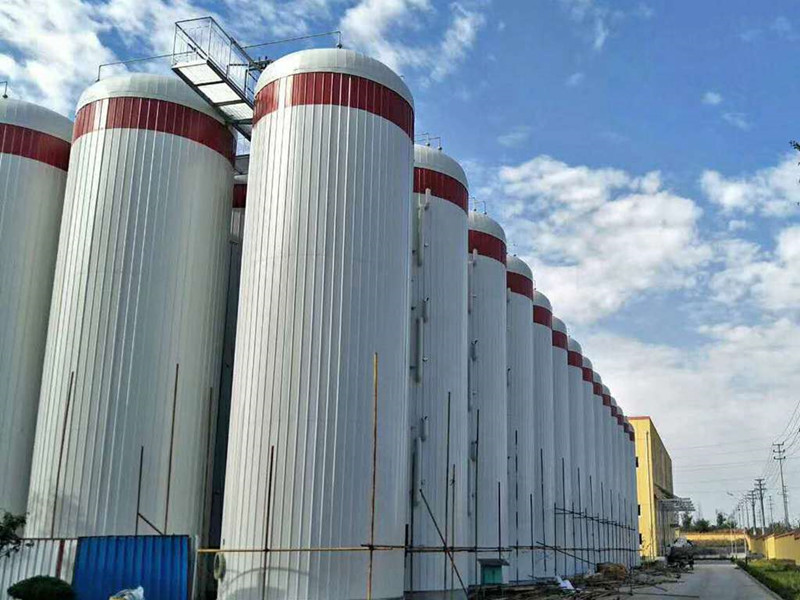
-
 Afrikaans
Afrikaans -
 Albanian
Albanian -
 Amharic
Amharic -
 Arabic
Arabic -
 Armenian
Armenian -
 Azerbaijani
Azerbaijani -
 Basque
Basque -
 Belarusian
Belarusian -
 Bengali
Bengali -
 Bosnian
Bosnian -
 Bulgarian
Bulgarian -
 Catalan
Catalan -
 Cebuano
Cebuano -
 China
China -
 China (Taiwan)
China (Taiwan) -
 Corsican
Corsican -
 Croatian
Croatian -
 Czech
Czech -
 Danish
Danish -
 Dutch
Dutch -
 English
English -
 Esperanto
Esperanto -
 Estonian
Estonian -
 Finnish
Finnish -
 French
French -
 Frisian
Frisian -
 Galician
Galician -
 Georgian
Georgian -
 German
German -
 Greek
Greek -
 Gujarati
Gujarati -
 Haitian Creole
Haitian Creole -
 hausa
hausa -
 hawaiian
hawaiian -
 Hebrew
Hebrew -
 Hindi
Hindi -
 Miao
Miao -
 Hungarian
Hungarian -
 Icelandic
Icelandic -
 igbo
igbo -
 Indonesian
Indonesian -
 irish
irish -
 Italian
Italian -
 Japanese
Japanese -
 Javanese
Javanese -
 Kannada
Kannada -
 kazakh
kazakh -
 Khmer
Khmer -
 Rwandese
Rwandese -
 Korean
Korean -
 Kurdish
Kurdish -
 Kyrgyz
Kyrgyz -
 Lao
Lao -
 Latin
Latin -
 Latvian
Latvian -
 Lithuanian
Lithuanian -
 Luxembourgish
Luxembourgish -
 Macedonian
Macedonian -
 Malgashi
Malgashi -
 Malay
Malay -
 Malayalam
Malayalam -
 Maltese
Maltese -
 Maori
Maori -
 Marathi
Marathi -
 Mongolian
Mongolian -
 Myanmar
Myanmar -
 Nepali
Nepali -
 Norwegian
Norwegian -
 Norwegian
Norwegian -
 Occitan
Occitan -
 Pashto
Pashto -
 Persian
Persian -
 Polish
Polish -
 Portuguese
Portuguese -
 Punjabi
Punjabi -
 Romanian
Romanian -
 Russian
Russian -
 Samoan
Samoan -
 Scottish Gaelic
Scottish Gaelic -
 Serbian
Serbian -
 Sesotho
Sesotho -
 Shona
Shona -
 Sindhi
Sindhi -
 Sinhala
Sinhala -
 Slovak
Slovak -
 Slovenian
Slovenian -
 Somali
Somali -
 Spanish
Spanish -
 Sundanese
Sundanese -
 Swahili
Swahili -
 Swedish
Swedish -
 Tagalog
Tagalog -
 Tajik
Tajik -
 Tamil
Tamil -
 Tatar
Tatar -
 Telugu
Telugu -
 Thai
Thai -
 Turkish
Turkish -
 Turkmen
Turkmen -
 Ukrainian
Ukrainian -
 Urdu
Urdu -
 Uighur
Uighur -
 Uzbek
Uzbek -
 Vietnamese
Vietnamese -
 Welsh
Welsh -
 Bantu
Bantu -
 Yiddish
Yiddish -
 Yoruba
Yoruba -
 Zulu
Zulu
Exploring the Applications and Benefits of FRP Chemical Products in Modern Industries
Understanding FRP Chemical Products A Comprehensive Overview
Fiber Reinforced Plastic (FRP) chemical products have emerged as a crucial component across various industries, thanks to their unique properties and expansive applications. These advanced materials, commonly known as composite materials, consist of a polymer matrix strengthened with fibers, such as glass, carbon, or aramid. The combination of these materials results in a lightweight yet incredibly strong product that has transformed manufacturing processes and product development.
The Composition of FRP
At the heart of FRP products is the polymer resin, which serves as the matrix binding the reinforcing fibers. Commonly used resins include epoxy, polyester, and vinyl ester, each offering different performance characteristics. The choice of resin significantly influences the final product’s chemical resistance, thermal stability, and mechanical properties. Glass fibers are the most frequently used reinforcement due to their excellent strength-to-weight ratio and versatility. However, carbon fibers are gaining traction in high-performance applications due to their superior strength and stiffness. Aramid fibers, known for their remarkable toughness, are also utilized in specific contexts, particularly in aerospace and automotive industries.
Advantages of FRP Chemical Products
1. Lightweight and High Strength One of the primary benefits of FRP products is their lightweight nature combined with high strength and rigidity. This characteristic allows for the reduction of overall structural weight without compromising integrity, making FRP an ideal choice in sectors like aviation, automotive, and marine.
2. Corrosion Resistance FRP materials exhibit excellent resistance to various chemicals, moisture, and environmental conditions. This property makes them highly suitable for use in harsh environments, such as chemical processing plants, waste treatment facilities, and coastal areas where exposure to salinity is a concern.
3. Thermal and Electrical Insulation FRP products also offer good thermal and electrical insulation properties, making them useful in electrical applications and environments requiring temperature regulation.
frp chemical product

4. Design Flexibility The manufacturing process of FRP allows for greater design flexibility compared to traditional materials. Complex shapes and structures can be more easily produced, accommodating innovative designs in architecture and engineering.
5. Durability and Longevity Products made from FRP typically require less maintenance and have a longer lifespan than comparable materials, leading to cost savings over time. Their resistance to UV radiation and weathering further enhances their durability.
Applications of FRP Chemical Products
FRP chemical products find applications in a plethora of industries, including but not limited to
- Construction FRP is used for reinforcing structures, creating facades, and making lightweight yet strong panels that are resistant to aging and corrosion. - Aerospace Lightweight and strong, FRP components are integral to aircraft design, contributing to fuel efficiency and overall performance. - Automotive With the push towards electric and hybrid vehicles, the automotive industry utilizes FRP for body panels, interior components, and structural parts to achieve weight reduction and improved fuel economy. - Marine FRP is extensively employed in boat manufacturing due to its resistance to water and low weight. - Chemical Storage and Processing Tanks, pipes, and various equipment made from FRP are increasingly popular in the chemical industry for their resistance to corrosive substances.
Challenges and Future Prospects
Despite the numerous advantages, the production and recycling of FRP materials pose certain challenges. The environmental impact of composite disposal remains a critical concern, prompting research into more sustainable and recyclable options. Innovations in resin formulation and fiber technologies are underway, aiming to enhance the overall performance and sustainability of FRP products.
In conclusion, FRP chemical products represent a significant advancement in material science, offering a blend of strength, durability, and versatility. As industries continue to innovate and seek out sustainable solutions, the demand for FRP products is likely to grow, paving the way for future advancements in technology and applications. The journey for FRP is only just beginning, and its potential appears boundless.









